Penguin Books and the Royal Navy: From Logos to Lieutenant Commander
- View news filtered by: Second World War
- View news filtered by: Navy Organisation
- View news filtered by: Submarine Service
- View news filtered by type: Blog
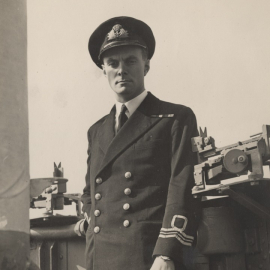
Part 1: The Story Behind the Penguin Books Logo
Logos are often the silent storytellers of a brand’s identity. Some are meticulously crafted by professional designers, others evolve over time and a rare few have the most unexpected origins. The Penguin Books logo, one of the most recognisable in the world of publishing, falls into the latter category. What many don’t know is that this iconic bird was drawn by none other than a former submarine commander, Edward Young.
The Birth of Penguin Books
In 1935, Allen Lane, the founder of Penguin Books, was frustrated by the lack of affordable, high-quality paperbacks. At the time, books were either expensive hardcovers or poorly printed, disposable editions. Lane saw an opportunity to bring well-designed, low-cost literature to the masses, believing that good writing should be accessible to everyone.
To make his vision a reality, Lane needed a brand that was both serious and approachable. The name “Penguin” was suggested by his secretary as something distinctive and slightly playful, fitting Lane’s vision of a company that made great books widely available. But a name alone wasn’t enough. He needed a logo that captured the spirit of the brand.
He assigned the crucial task of creating it to Edward Young, a 21-year-old designer who had worked his way up in publishing, designing dust jackets. The idea was to create a simple but dynamic image that would stand out on book covers. He supplied him with petty cash, a notebook and pen to visit the zoo in Regents Park, observe the penguins and create an accurate sketch. That day he came up with the first sketches of the now-famous bird.
Young had an eye for strong, minimalistic imagery, a skill crucial for creating a logo that would stand the test of time. His final design featured a standing penguin in a simple, bold black-and-white style.
He also designed the tribune (the three horizontal stripes we associate with Penguin books), with the colours changing depending on the genre of the book – orange/white/orange for novels, green/white/green for crime novels, dark blue/white/dark blue for biographies, cerise/white/cerise for travel and adventure and pale blue/white/pale for non-fiction.
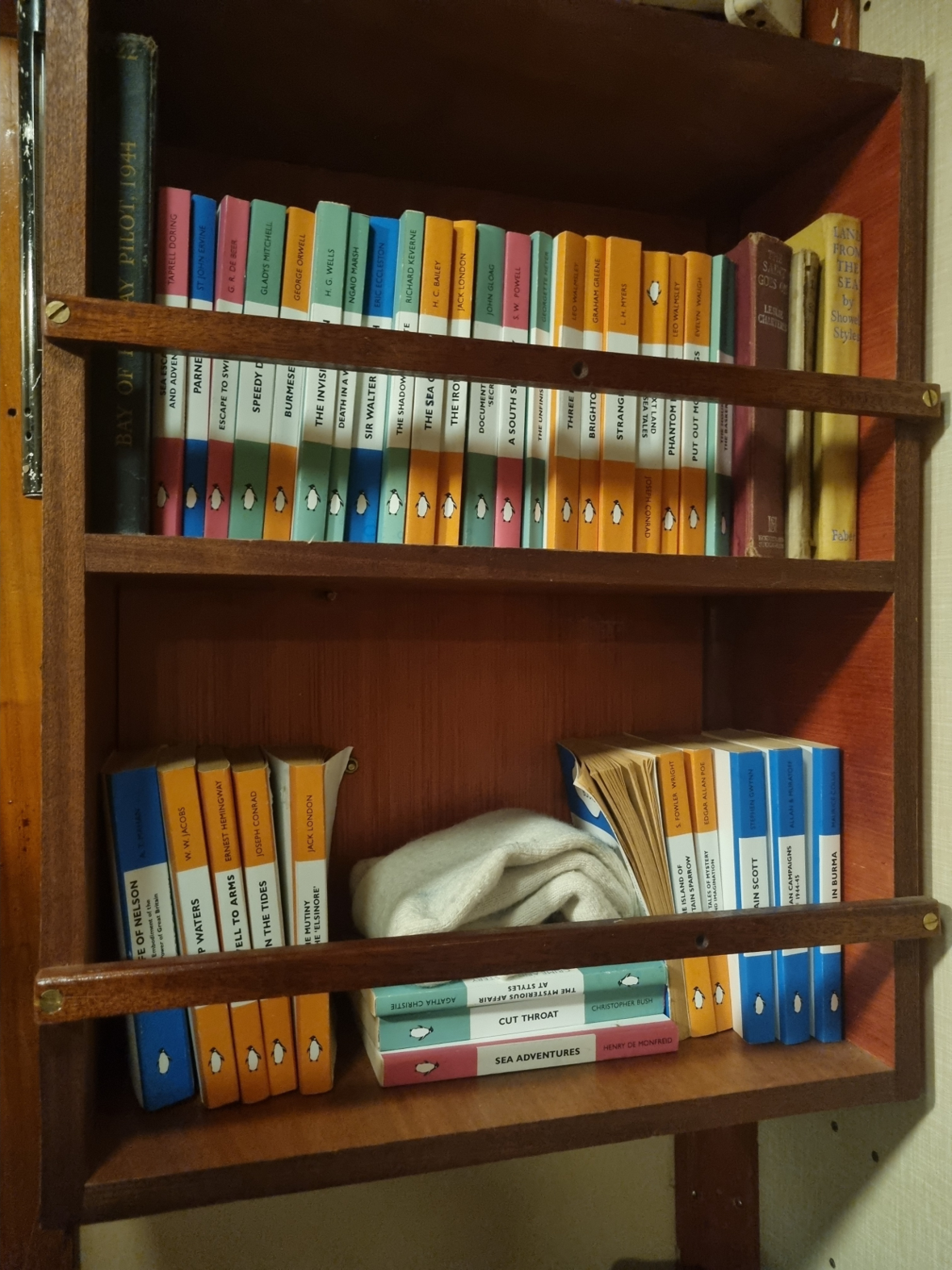
The Submariner Who Drew a Penguin
After war was declared, Edward Young left publishing to join the Royal Navy Volunteer Reserve (RNVR) in 1940. Young passed the training at the top of his class, becoming the first executive branch officer of the RNVR to join the Submarine Service. His career progressed quickly, serving as a Watchkeeping Officer on HMS H28, then promoted to Lieutenant serving on HMS Umpire and then Torpedo Officer on HMS Sealion, soon being promoted to First Lieutenant. His first command as a Lieutenant Commander was on HMS Storm in 1942. He became the first officer of the Volunteer Reserve to captain a submarine.
HMS Storm saw service under Edward Young in the Pacific and Far East from 1943-1944, sinking three ships by torpedo, seven with the deck gun and conducting one special operation, landing special forces ashore. This earned Young the Distinguished Service Order medal.
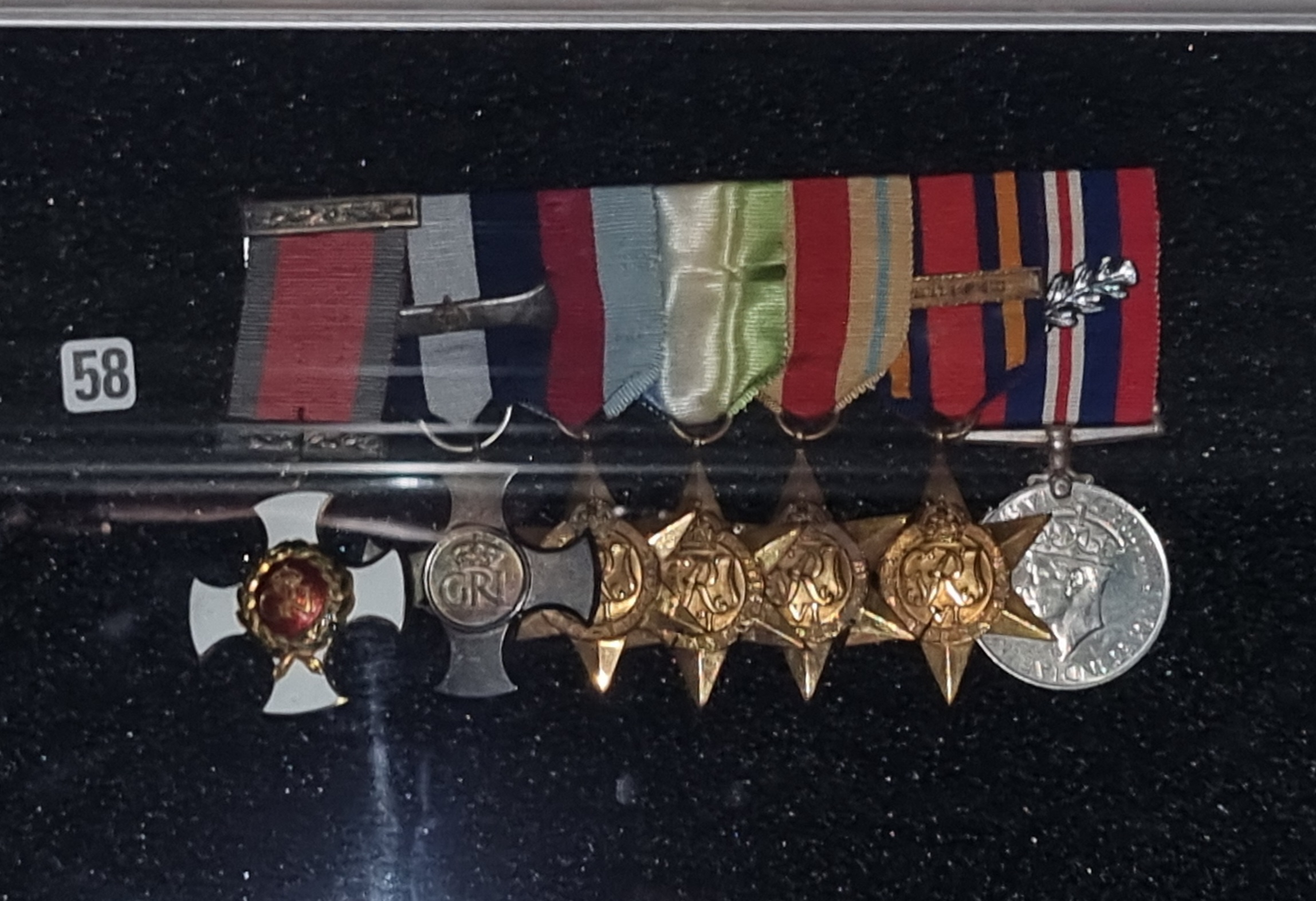
Ref: RNSM F24/21/97, on display in the Far East campaign medals drawers at the Submarine Museum
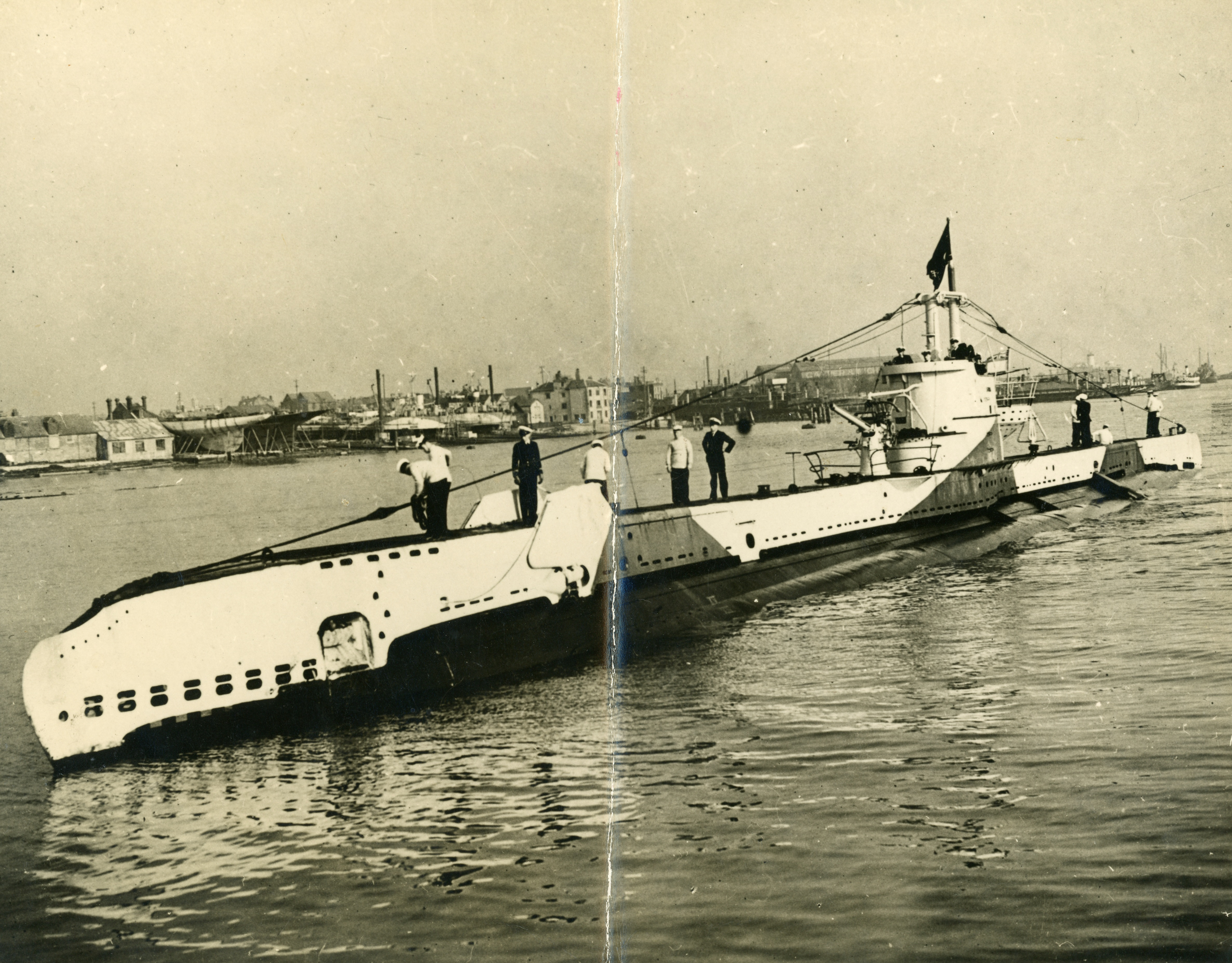
"I always enjoyed reading his Patrol Reports. Not only did they tell of good work and of well- earned success but they told their stories so clearly, so simply, that they always made good reading. I was not surprised when I was told that Commander Young was, by profession, a publisher. When he came to see me, on his final return from active service, I told him I hoped he would put his submarine experiences into book form."
Admiral Sir George Creasey, Commander in Chief Home Fleet, foreword to the book ‘One of Our Submarines’
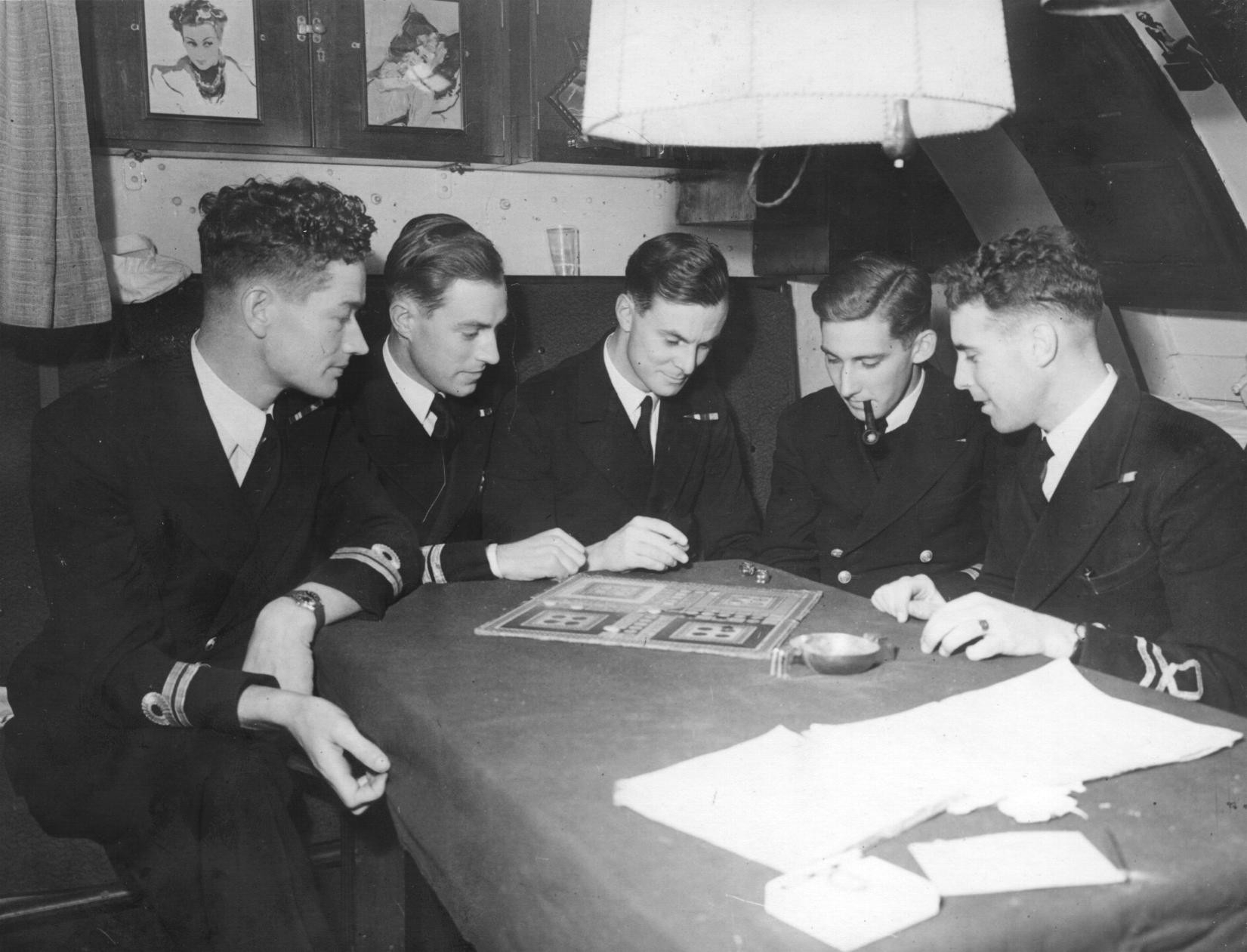
Even whilst out on patrol, Young’s love of publishing continued. He created a ship newspaper for the submarine with the title, ‘Good Evening’.
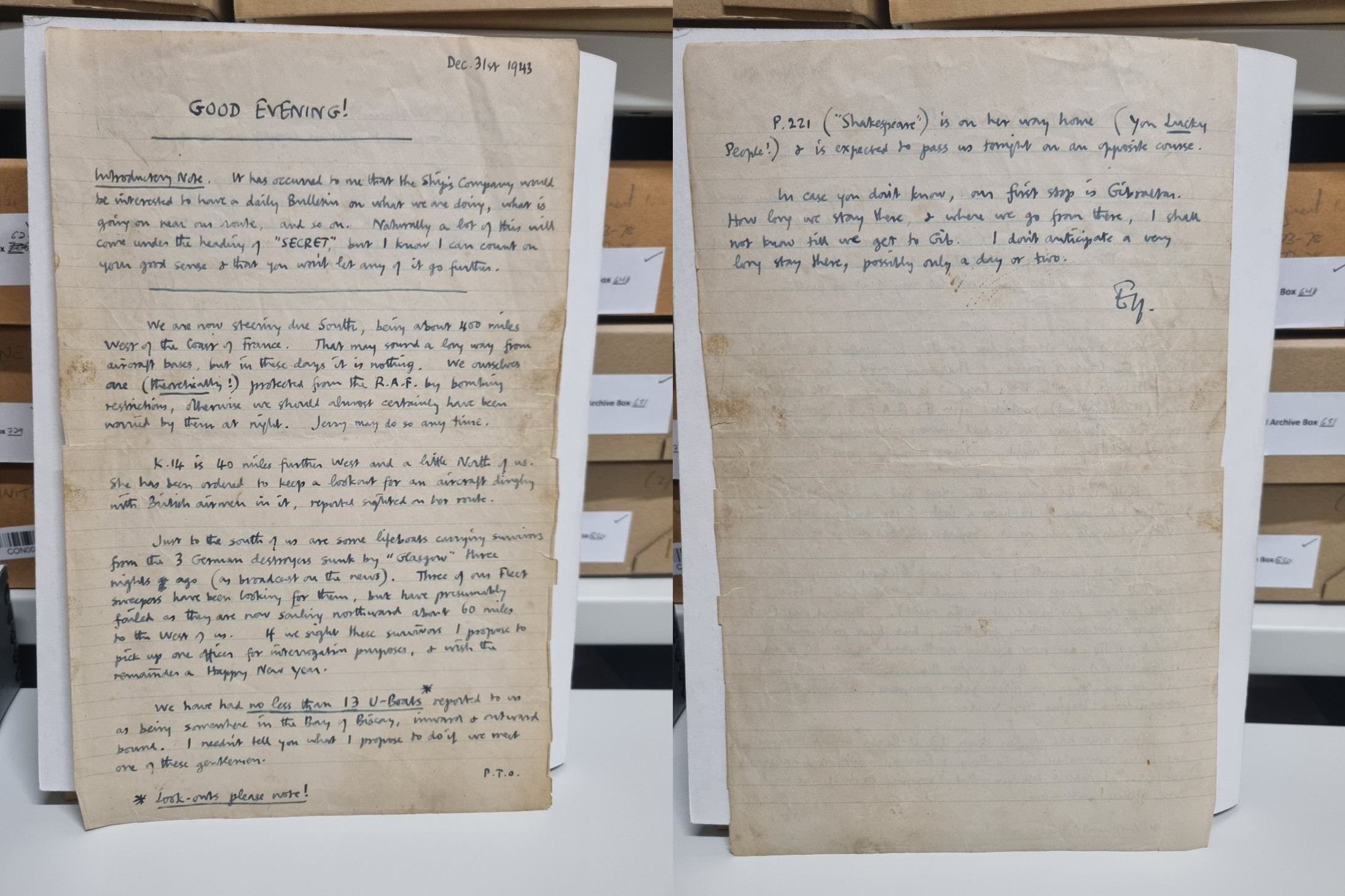
"I began it as a daily bulletin in pursuance of my policy of keeping the ship’s company informed of what was going on. Soon I grew more ambitious and included a summary of the war news as supplied by the wireless office, and presently I introduced a lighter note by posing quizzes and other competitions. Gradually its scope was widened to include contributions from anybody in the ship’s company with a talent for writing or drawing. In the wardroom we had a large bunch of American magazines full of glamorous photographs of film stars in various stages of undress, and for a long time I was able to provide a popular “duty beauty” feature each evening by cutting them out and pasting them into the paper. Only one copy of each issue was produced, typed out by myself (I can type quite fast with two fingers of each hand) and then handed round the submarine from mess to mess during the evening. As the bulletins contained information classified as “secret” I made a point of recovering the issues after they had been circulated."
Edward Young, from his memoir, ‘One of Our Submarines’
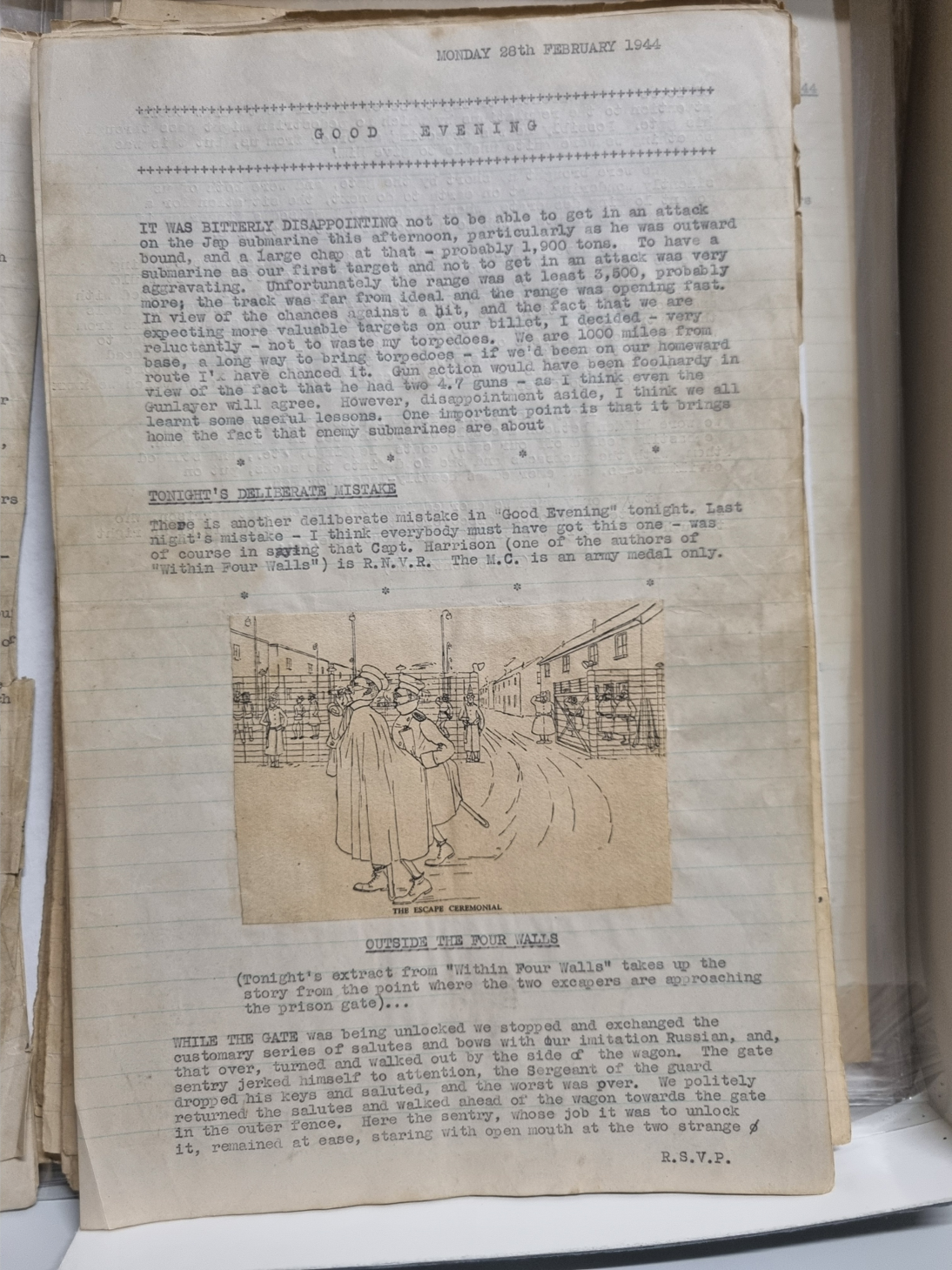
The Good Evening newspapers can be viewed by appointment by contacting our Collections Team on collections.research@nmrn.org.uk.
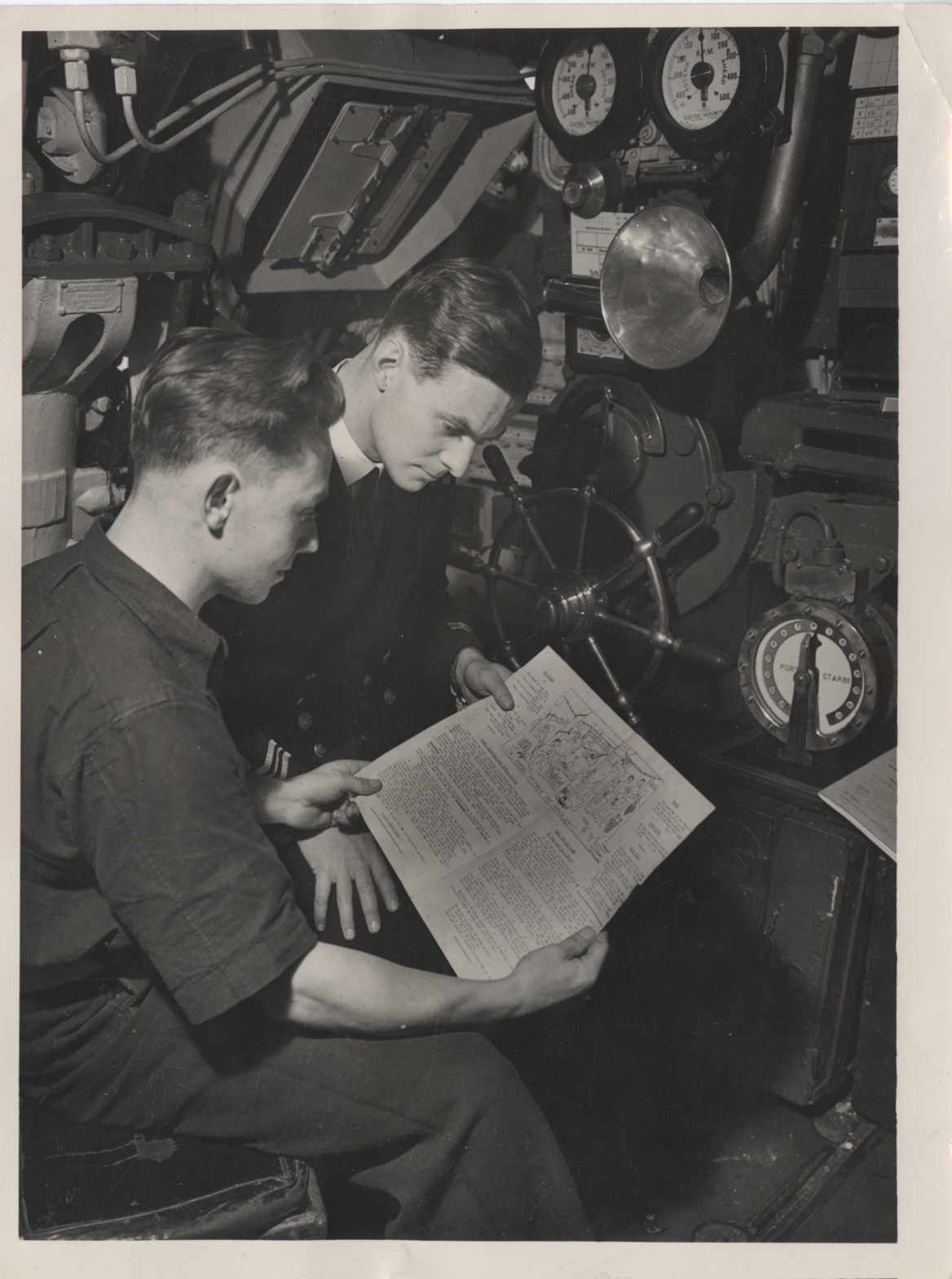
Young published his experiences in the book ‘One of Our Submarines’. To honour Young’s contribution to the brand, Penguin published it as the 1000th Penguin paperback. The iconic logo was surrounded by a laurel wreath to commemorate the occasion.
A copy of the book and a model of HMS Storm are on display at the Royal Navy Submarine Museum in Gosport.
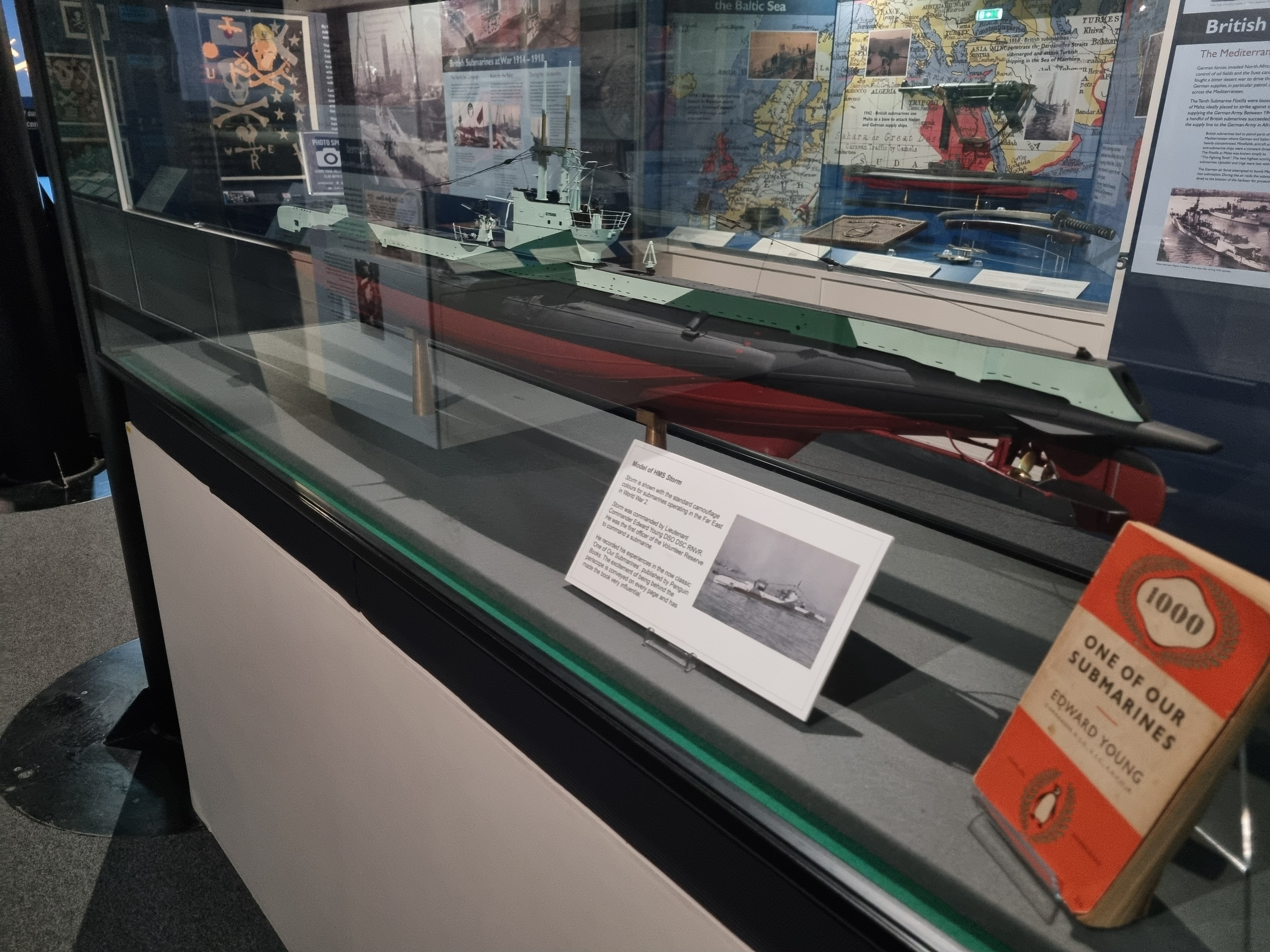
So next time you pick up a Penguin paperback, take a moment to appreciate not just the words inside but also the quirky history behind the little bird on the cover.
To discover more rich stories from the Submarine Service visit the Royal Navy Submarine Museum in Gosport, included in an Ultimate Explorer ticket.
Sources:
National Museum of the Royal Navy collections and archives
Penguin.co.uk
Young, Edward. One of Our Submarines, Pen & Sword Miliary Classics, 2004.
Lewis, Jeremy. Penguin Special: The Life and Times of Allen Lane, Penguin Books 2006.
Top image: Lieutenant Commander Edward Preston Young on the bridge of HMS Storm. Ref: RNSM 3728.